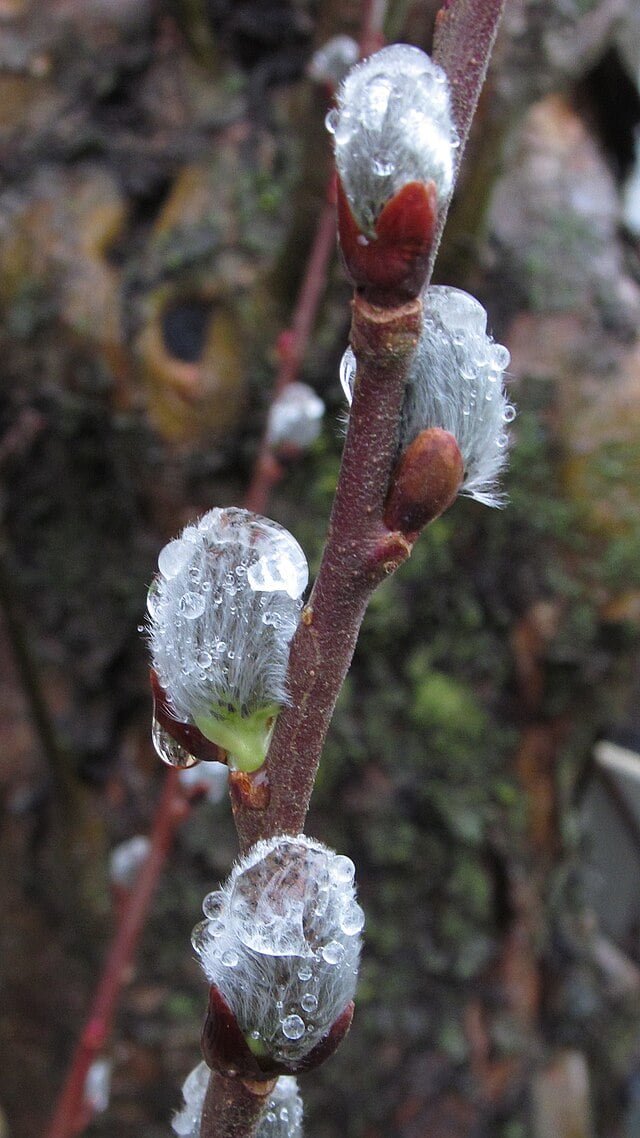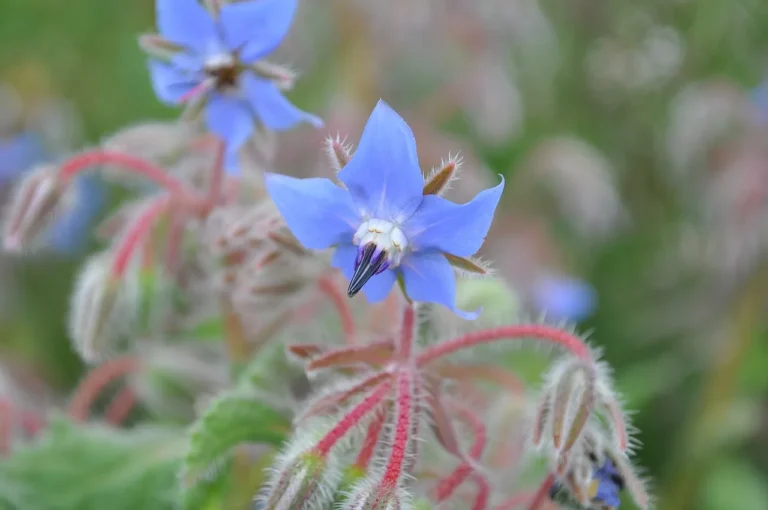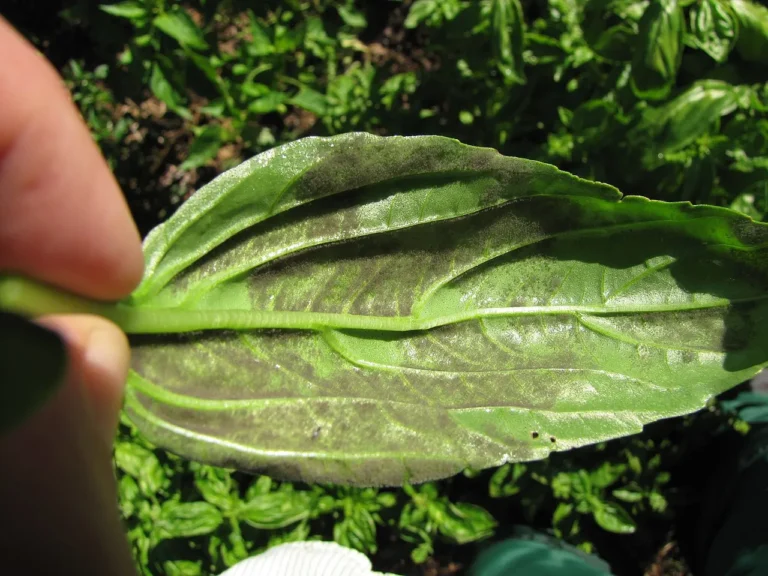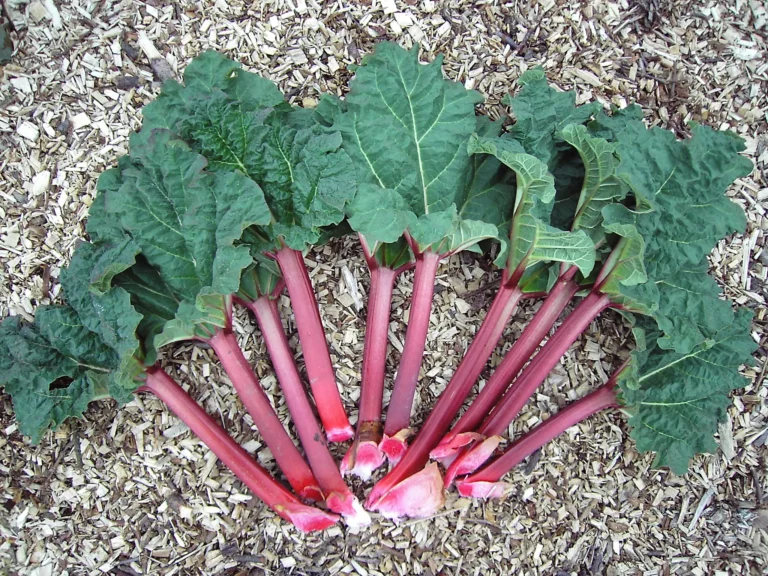Embrace the Charm of Spring: A Guide to Growing Pussy Willow
One of the earliest heralds of spring, the pussy willow, is a beautiful plant that brings joy to any garden with its soft, fuzzy catkins. This plant, named for its iconic buds that resemble tiny cat’s paws, is easy to grow and adds a unique texture and charm to landscapes. In this guide, we’ll delve into how you can cultivate and care for your own pussy willow tree.
Understanding Pussy Willows
Pussy willows (Salix discolor) are deciduous shrubs or small trees native to North America. They’re most loved for their catkins – silky, gray buds that appear in late winter or early spring before the leaves emerge. Pussy willows are also recognized for their vigorous growth and adaptability, making them ideal for gardeners of all levels.
Planting Pussy Willows
- Choosing the Right Site: Pussy willows prefer full sun to partial shade and need well-draining soil. They’re tolerant of a wide range of soil types and pH levels. Also, consider that these plants can reach 6-25 feet in height and spread, so choose a site that offers ample space for growth.
- Planting: Dig a hole twice as wide and just as deep as the root ball. Place the plant in the hole, ensuring that the top of the root ball is level with the ground. Backfill with soil and water thoroughly.
Caring for Pussy Willows
- Watering: Pussy willows enjoy moist soil and can even thrive in wet, boggy areas. Water regularly, especially during dry periods.
- Pruning: Prune your pussy willow in early spring before the new growth appears. Pruning not only maintains the size and shape but also encourages the growth of new branches that will bear the fluffy catkins.
- Pests and Diseases: While generally hardy, pussy willows can sometimes be affected by pests like aphids or diseases such as black canker. Regular inspection and prompt treatment can help keep your plant healthy.
Propagating Pussy Willows
Pussy willows are easy to propagate through cuttings. Simply cut a few branches in late winter or early spring, place them in a vase of water, and wait for roots to form. Once a healthy root system has developed, plant your new pussy willow trees in the garden.
Appreciating Pussy Willows
In addition to their outdoor charm, pussy willow branches make for excellent indoor decorations. The catkins last for several weeks when cut and placed in water, making them a lovely herald of spring indoors.
Conclusion
Growing pussy willow is a rewarding endeavour, allowing you to usher in spring with their beautiful, unique catkins. With their minimal care requirements and quick growth, pussy willows can become a much-loved part of your garden, bringing joy year after year.







